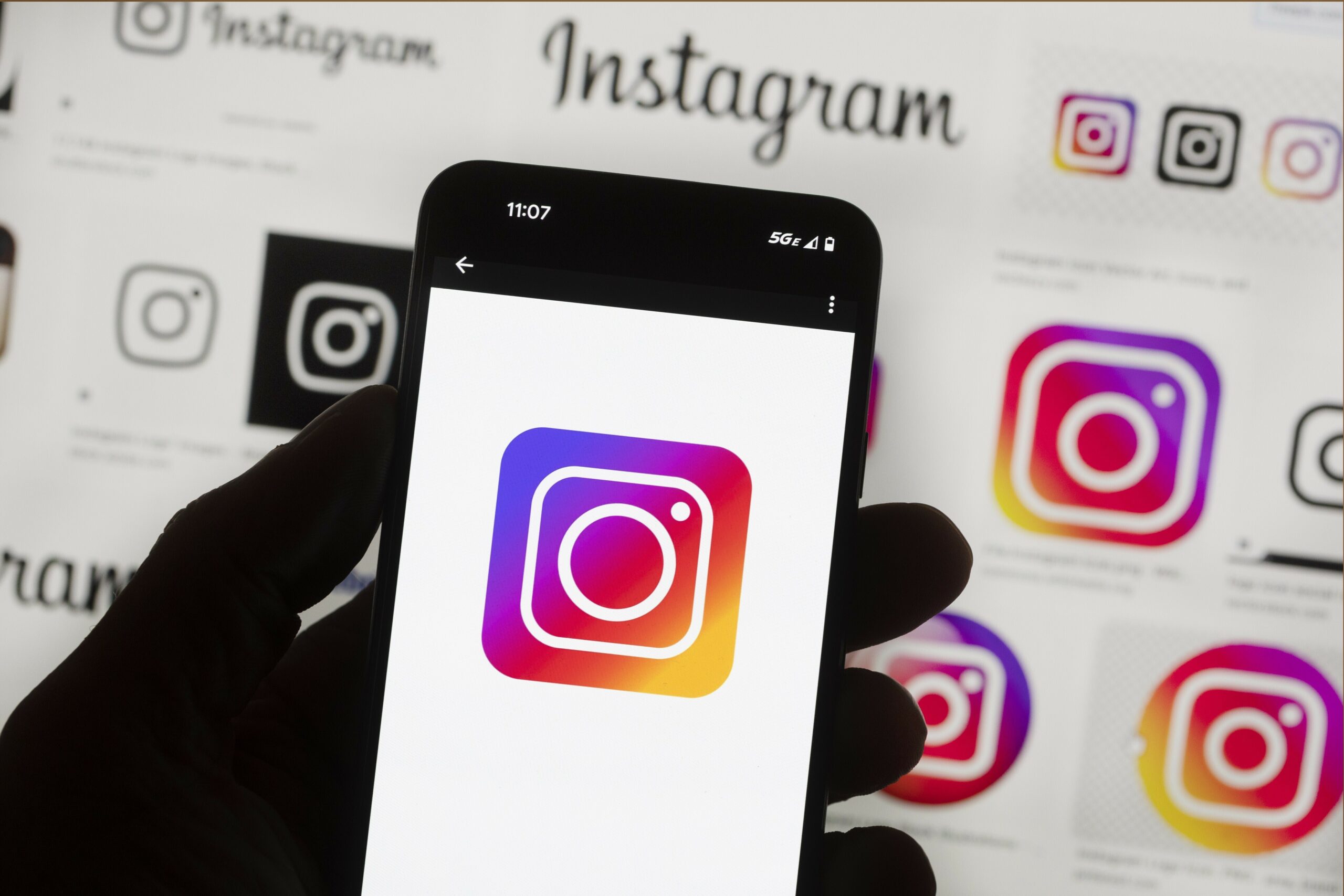WASHINGTON (THE WASHINGTON POST) – Ameer Al-Khatahtbeh graduated in 2020 with a degree in journalism from Rutgers University. But instead of going to work in a traditional newsroom, he decided to build his own digital news brand catering to the Muslim community.
Four years later, Al-Khatahtbeh, 25, has amassed over 2 million followers on TikTok and more than 5.3 million on Instagram, where posts to his account, @Muslim, range from features on halal dating apps to the latest news from the Israel-Gaza war.
The young Palestinian-Jordanian entrepreneur is one of millions of independent creators reshaping how people get their news, especially the youngest viewers. News consumption hit a tipping point around the globe during the early days of the coronavirus pandemic, with more people turning to social media platforms such as TikTok, YouTube and Instagram than to websites maintained by traditional news outlets, according to the latest Digital News Report by the Reuters Institute for the Study of Journalism. One in 5 adults under 24 use TikTok as a source for news, the report said, up five percentage points from last year. According to Britain’s Office of Communications, young adults in the United Kingdom now spend more time watching TikTok than broadcast television.
This shift has been driven in part by a desire for “more accessible, informal, and entertaining news formats, often delivered by influencers rather than journalists,” the Reuters Institute report says, adding that consumers are looking for news that “feels more relevant.”
That’s certainly the experience of Al-Khatahtbeh, who built an audience upon the realization that “there was no mainstream outlet that focused on the Muslim community,” he said, which makes up a quarter of the world’s population. On TikTok alone, @Muslim’s follower count is larger than the average daily audience of 1.1 million people watching Fox News.
“These creator pages that cover news stories have more impact and reach than traditional media,” Al-Khatahtbeh said.
While a few national publications such as the New York Times and The Washington Post have seen their digital audiences grow, allowing them to reach hundreds of thousands more readers than they did a decade ago, the economics of journalism have shifted.
Well-known news outlets have seen a decline in the amount of traffic flowing to them from social media sites, and some of the money that advertisers previously might have spent with them is now flowing to creators. Even some outlets that began life on the internet have struggled, with BuzzFeed News shuttering in April, Vice entering into bankruptcy and Gawker shutting down for a second time in February.
The trend is likely to continue. “There are no reasonable grounds for expecting that those born in the 2000s will suddenly come to prefer old-fashioned websites, let alone broadcast and print, simply because they grow older,” Reuters Institute Director Rasmus Kleis Nielsen said in the report, which is based on an online survey of roughly 94,000 adults in 46 national markets, including the United States.
As a profusion of independent online producers of news programming has risen to prominence, the ramifications for society are still coming into focus. One positive impact is a more diverse media ecosystem, where a wider array of voices can challenge narratives fashioned by the gatekeepers of traditional journalism. But that also serves to undercut the authority of legacy news organisations, draining support from newsrooms that are a primary source of original reporting.
While many online news creators are, like Al-Khatahtbeh, trained journalists collecting new information, others are aggregators and partisan commentators sometimes masquerading as journalists. The transformation has made the public sphere much more “chaotic and contradictory,” said Jay Rosen, an associate professor of journalism at New York University and author of the PressThink blog, adding that it has never been easier to be both informed and misinformed about world events.
“The internet makes possible much more content, and reaching all kinds of people,” Rosen said. “But it also makes disinformation spread.”
Johnny Harris, a journalist whose YouTube channel has more than 4 million followers, covers global news and geopolitical conflicts and conducts deep investigations into targets such as the Mormon Church and the flat earther movement. He rejects talk of a decline in American journalism.
“It’s always uncomfortable for me being in these rooms where there’s so much doom and gloom about journalism and the business of journalism,” Harris said. While journalism is experiencing “a major disruption,” he said, “this is a transformation to fit the technology and the preferences of audiences.”
Harris once worked for Vox, a news and opinion site founded in 2014 by journalists from The Post and Slate. His switch to YouTube has been so successful that he recently recruited another former Vox journalist to launch a second channel. He hopes eventually to build a network of journalist content creators and operate “effectively a music label for independent journalists.”
Harris won’t say how much he makes from YouTube, but the social media analytics platform Social Blade estimates that he could be earning more than USD900,000 a year in advertising revenue alone.
Harris acknowledged “some scary downsides” to the changing media landscape, particularly the rampant spread of misinformation. But those downsides are countered by the benefits of serving “an audience with good journalism, in a way that they want to digest it,” he said.
Still, some content creators don’t follow the same ethical guidelines that are guideposts in more traditional newsrooms, especially creators who seek to build audiences based on outrage. That was the case last year, when actor Johnny Depp sued his actress ex-wife Amber Heard for defamation over a Post opinion column she wrote that said she’d been the victim of “domestic abuse.” Though the column did not name Depp, a jury in Fairfax County, Virginia, ruled in Depp’s favour.







